

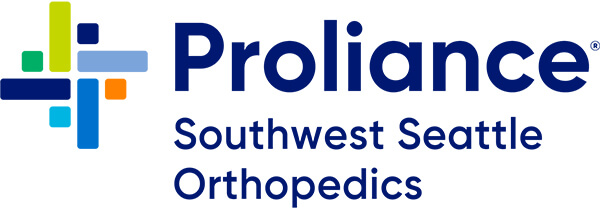
Proliance Southwest Seattle Orthopedics has proudly served the Seattle, West Seattle, Burien, Highline, Des Moines, and Tukwila area for over 30 years. Incorporated in 1987, we have been practicing in Burien since 1988. In 2008 we merged with Proliance Surgeons Inc. to enhance the services we provide to our patients.
Our office is conveniently located on the top floor of the multi-specialty Three Tree Medical Arts Building. We have a nearby modern outpatient surgery center where we perform a myriad of orthopedic procedures including joint replacement surgery. In addition to the full spectrum of outpatient orthopedic care, our physicians also provide high quality inpatient hospital care when needed.
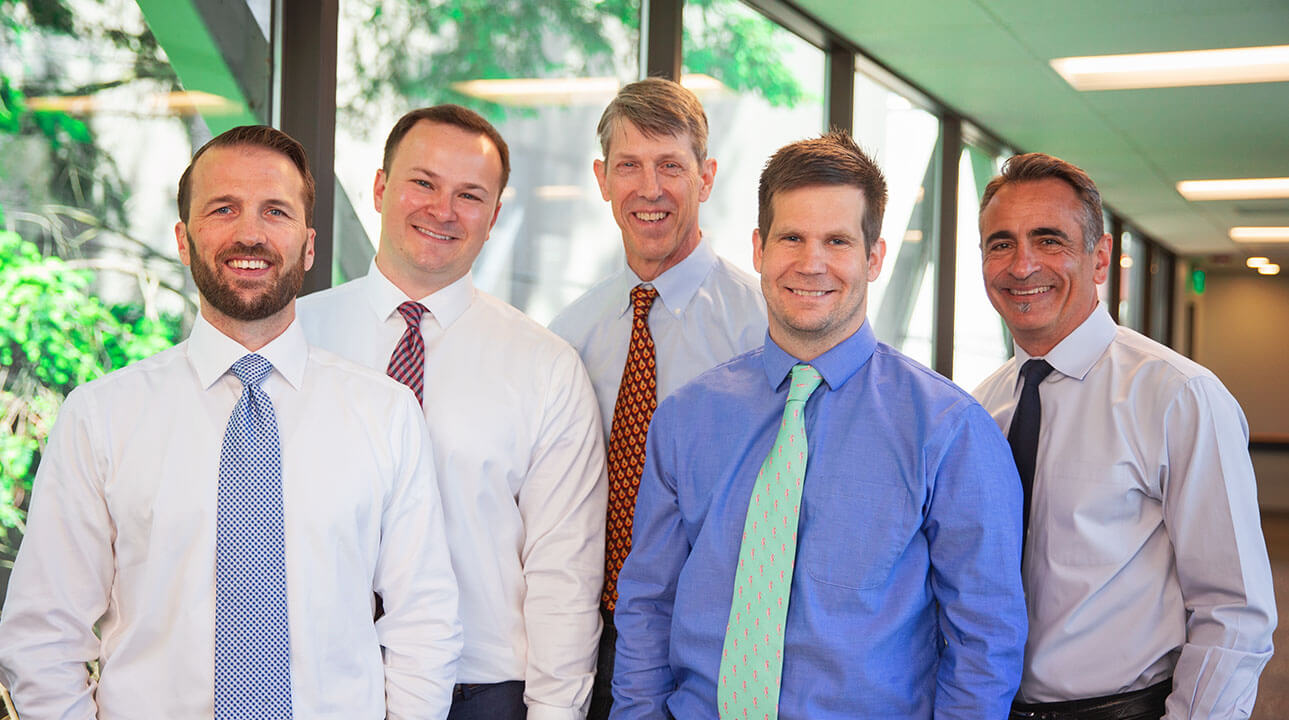
Our orthopedic surgeons are fellowship-trained and personally manage every aspect of your care including office visits, surgeries, casting, and review of imaging studies. When you visit, your appointment will always be with your doctor. Most insurance companies allow you to make an appointment without a referral, but if you are referred to us for care, we will coordinate with your other provider to ensure the best possible outcome.
Orthopedic doctors and surgeons are physicians who care for your musculoskeletal system, which includes your bones, joints, ligaments, nerves, and tendons. All of our surgeons are fellowship-trained and board-certified in orthopedics, with extensive experience providing surgical and non-operative care in the following areas.
Proliance Southwest Seattle Orthopedics physicians treat of wide variety of neck conditions and offer comprehensive examinations to determine the cause of your pain so that they can create an individualized treatment plan.
More...The neck, from an orthopedic standpoint, is comprised of the cervical spine involving 7 cervical vertebrae, 8 nerve roots per side, and the spinal cord. Neck pain can severely limit a person’s ability to function and do essential activities. There are multiple causes of neck pain including arthritis (osteoarthritis and rheumatoid), cervical spondylosis, facet joint arthritis, herniated discs, cervical stenosis, cervical radiculopathy, cervical myelopathy, fractures, sprains, and strains. As medical providers we rely on imaging studies (x-rays and MRI), and our physical examination to determine the cause of the pain. The first step in this process is to determine the etiology or cause of your pain so that we can formulate an individualized treatment plan to get you functioning and back to the activities you love and want to be doing. As with many conditions, conservative treatment is implemented first, although at times surgery is needed.
Neck problems can be caused by a number of conditions, which include:
Treatment options depend on the cause or etiology of your neck pain and the severity and duration of your symptoms. You and your doctor will work together to implement an individualized treatment plan. The goals of treatment are to decrease and eliminate your pain and improve your function. Many problems can be managed with conservative measures including:
If conservative care is unsuccessful or in certain cases of severe disease or deformity, surgery may be necessary.
Our orthopedic surgeons are uniquely trained and experienced in the diagnosis and treatment of upper and lower back conditions such as arthritis, stenosis, herniated discs, fractures, sprains, strains, scoliosis and more.
More...The upper back is comprised of the thoracic spine and the lower back involves the lumbar and sacral spine. Upper and lower back pain can severely limit a person’s ability to function and do essential activities. There are multiple causes of upper and lower back pain including arthritis (osteoarthritis and rheumatoid), spondylosis, facet joint arthritis, herniated discs, stenosis resulting in radiculopathy and/ or myelopathy, fractures, sprains, and strains. As medical providers, we rely on imaging studies (x-rays and MRI), and our physical examination to determine the cause of the pain. The first step in this process is to determine the etiology or cause of your pain so that we can formulate an individualized treatment plan to get you functioning and back to the activities you love and want to be doing. As with many conditions, conservative treatment is implemented first, although at times, surgery is necessary to address the cause of pain within your upper and lower back.
Upper and Lower back problems can be caused by a number of conditions, which include:
Treatment options depend on the cause or etiology of your upper or lower back pain and the severity and duration of your symptoms. You and your doctor will work together to implement an individualized treatment plan. The goals of treatment are to decrease and eliminate your pain and improve your function. Many problems can be managed with conservative measures including:
If conservative care is unsuccessful or in certain cases of severe disease or deformity, surgery may be necessary.
The foot and ankle specialists at Proliance Southwest Seattle Orthopedics determine the potential causes for pain, swelling, stiffness, or dysfunction of the foot and develop a treatment plan that meets the patient’s needs.
More...Pain in the foot and ankle is unfortunately a very common problem. You don’t have to live on this earth for very long to experience foot or ankle pain of some form. There are many potential causes for pain, swelling, stiffness, or dysfunction of the foot. Ankle sprains are probably the most common sports injury. When your foot or ankle is painful consistently, especially during weight bearing, it can have a profound impact on your life. Working, exercising, cooking, yard work, housework and playing are frequently affected. As with any problem, especially one that lingers, the first order of business is to determine what is causing the pain and dysfunction. Taking a history of the problem, doing a physical examination, taking x-rays, and occasionally further imaging with an MRI or ultrasound will usually diagnose the condition. Once the cause of the problem has been determined then a treatment plan can be developed and begun.
Common conditions of the ankle:
Common conditions of the foot:
As with many orthopedic problems, most can be treated with conservative care including:
When conservative measures fail and when it is indicated, surgery may be necessary. Surgical procedures are varied based on the problem being treated. Common procedures include fusions, tendon repairs or transfers, bunionectomy (removal of bunion with correction of toe deformity), hammertoe correction, and fracture repair.
Our fellowship-trained hip and pelvis surgeons are able to offer a variety of treatment options for different underlying problems of the hip and recover function.
More...Hip pain is one of the most common complaints we as orthopedic surgeons see in our office. Hip pain and stiffness can severely limit function and activity. There are multiple causes of hip pain including degenerative (or osteo) arthritis, rheumatoid arthritis, labral tears, stress fractures, tendinitis, bursitis, pain referred from the low back, and pelvic problems. Frequently the cause of the pain can be determined with an examination and x-rays. If further imaging is needed an MRI would be considered although is frequently unnecessary. As with any medical problem, the first step is to determine what is causing the pain and then begin treatment to resolve pain and recover function. Commonly, the problem can be treated conservatively without surgery but at times, surgery is required to cure the hip.
Causes of hip pain:
Treatment options vary for different underlying problems of the hip. Many problems can be managed with conservative measures including:
If conservative care is unsuccessful or in certain cases of severe disease or deformity, surgery may be indicated to cure the problem.
The surgeons at Proliance Southwest Seattle Orthopedics diagnose and treat knee conditions such as arthritis, ligament injuries, meniscus tears, cartilage injuries, muscle strains, fractures and more.
More...Knee and leg pain are common complaints in people of all ages. The source of pain may be from a sudden injury, an overuse injury or an underlying condition, such as arthritis. Knee pain, swelling and stiffness can severely limit function and activity. There are multiple causes of knee pain including ligament injuries, meniscus tears, cartilage injury, tendinitis, bursitis, and arthritis. Frequently the cause of the pain can be determined with an examination and x-rays. If further imaging is needed an MRI may be considered. As with any medical problem, the first step is to determine what is causing the pain. From there a treatment plan can be formulated to address the problem. Commonly, the problem can be treated with conservative measures such as physical therapy, bracing or injection. Occasionally surgery may be required to adequately address the problem.
Causes of knee pain:
Treatment options vary for different underlying problems of the knee. Many problems can be managed with conservative measures including:
If conservative care is unsuccessful or in certain cases of severe disease or deformity, surgery may be indicated to cure the problem.
Our sports orthopedic specialists treat a number of sports related injuries to the elbow, foot, ankle, lower leg, hip, thigh, and knee.
More...Orthopedic injuries are common in persons of all ages participating in sports, exercise and leading active lifestyles. These may include sudden injury from a traumatic event or injuries from overuse. Sports injuries may involve any bone or joint in the body but commonly involve the knee, shoulder, hip and elbow. The injury may cause a torn ligament (often referred to as a sprain), tendon or muscle (strain), meniscus, labrum, cartilage injury, broken bone, or dislocation. Frequently the injury can be evaluated with an examination by your doctor and x-rays. Sometimes more advanced imaging such as a MRI or CT scan may be necessary. As with any medical problem, the first step is to determine what anatomic structures are involved. From there a treatment plan can be formulated to address the problem. Commonly, the problem can be treated with conservative measures such as physical therapy, bracing or injection. Occasionally surgery may be required to adequately address the problem.
Treatment options vary depending on the injury. Many problems can be managed with conservative measures including:
If conservative care is unsuccessful or in certain cases of severe injury, surgery may be indicated to cure the problem. Surgery can often be performed using arthroscopic or minimally invasive techniques. Arthroscopic surgery utilizes a small camera placed inside the joint, and small instruments to address the underlying problem while minimizing injury to other structures.
Elbow
Foot, Ankle, and Lower Leg
Hip
Thigh
Knee
Shoulder
The orthopedic surgeons at Proliance Southwest Seattle Orthopedics offer expert diagnosis and effective treatment options for all types of shoulder and elbow conditions.
More...The shoulder and elbow allow the upper extremity to move in all different directions, to allow the hand to be put in the desired position of use. The shoulder has more motion than any joint in the body, because of its unique design. It’s built like a basketball resting on a dinner plate. The ligaments, muscles, tendons, and labrum keep the two attached together, and are susceptible to injury or overuse conditions. The elbow is an intricate hinged joint, also with many attached soft tissues. Shoulder and elbow conditions may occur from trauma, overuse, and wear and tear over time. The overhead throwing motion puts strain on the shoulder and elbow, causing pain and instability, commonly seen in the Weekend Warrior.
Shoulder
Elbow
After a thorough history and physical examination, your physician will most likely obtain X-rays of the shoulder or elbow joint. To evaluate the soft tissues or the boney structures more thoroughly, an MRI or a CT scan may be necessary. After a diagnosis is made, a treatment plan will be devised. The patient will always be informed of the plan and the natural history of the condition. A team approach will be undertaken to meet the patient’s expectations and goals to get them back to normal.
Conservative Treatment
Most of the overuse problems of the shoulder and elbow can be treated non operatively. This would include rest, activity modification, bracing and judicial use of anti-inflammatories and an occasional cortisone injection. A self-directed exercise program or a supervised physical therapy program is usually indicated. If there is failure of improvement or if the patient’s expectations aren’t met, surgical treatment options can be discussed.
Surgical Treatment
The procedures of the shoulder and elbow can be done as an outpatient, and many can be done arthroscopically and if not, a mini-incision, which is minimally invasive will be done.
Shoulder
Elbow
Postoperative treatment
Proper aftercare following surgery is as important as the procedure itself. In a majority of cases a supervised rehab program with a physical or occupational therapist will be prescribed. There is a fine line between doing too much and not enough in therapy, and this will be carefully monitored by your physician. With a team approach from start to finish, we would anticipate a return to normal activities following your treatment!

16259 Sylvester Rd SW Suite 501, Burien, WA 98166-3059
275 SW 160th Street Suite 200, Burien, WA 98166-3003
Please contact your care center to prepare for your appointment.
Spine Surgery Information
Total Hip Replacement
Knee Replacement
Spine Surgery Information
Total Hip Replacement
Knee Replacement
Proliance Southwest Seattle Orthopedics
Three Tree Medical Arts Building | 16259 Sylvester Rd SW | Suite 501 | Burien, WA 98166-3059
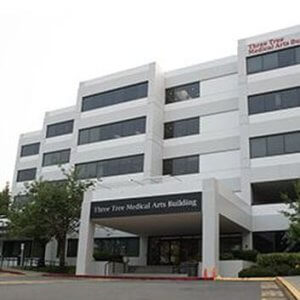
Southwest Seattle Ambulatory Surgery Center
275 SW 160th Street | Suite 200 | Burien, WA 98166-3003
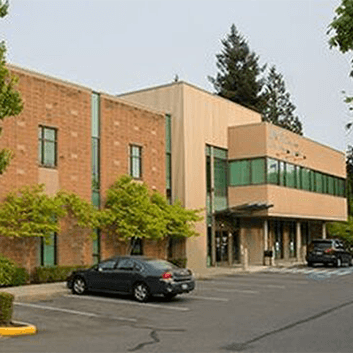

News
Three Proliance Surgeons Ambulatory Surgery Centers have been honored as U.S. News 2025 Best Ambulatory Surgery Centers (ASCs).
See More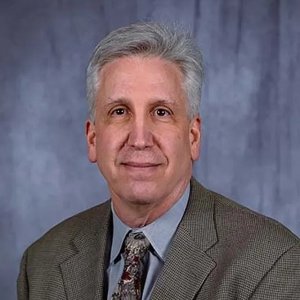
New Doctor
Proliance Southwest Seattle Orthopedics is proud to welcome Dr. Blauvelt.
See More
News
Proliance Surgeons is proud to see four of its Ambulatory Surgery Centers recognized on Newsweek's 2025 list of America's Best Ambulatory Surgery Centers.
See More© 2021 Proliance Surgeons
805 Madison St. Suite 901 | Seattle, WA 98104 | 206-264-8100